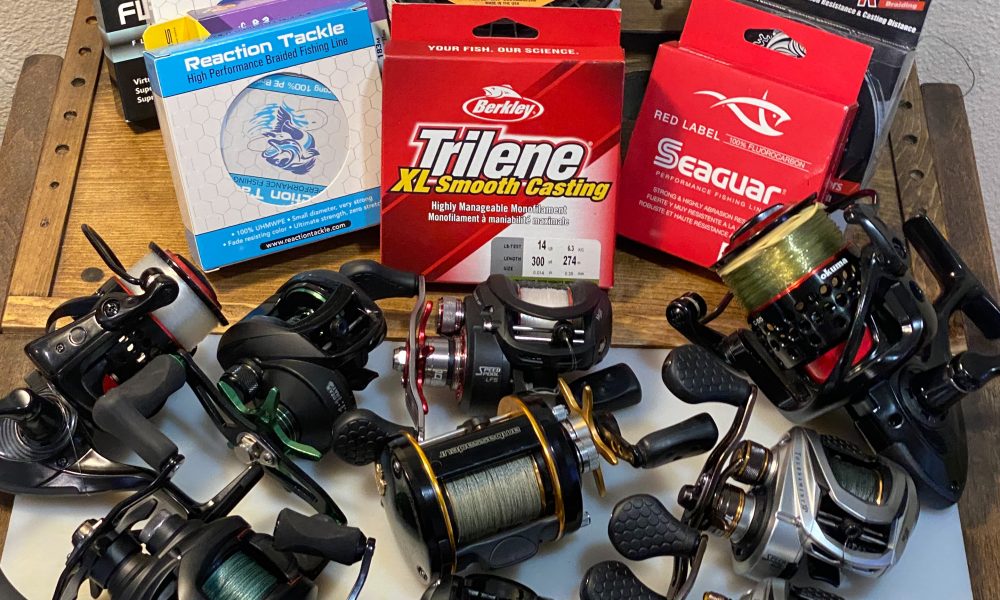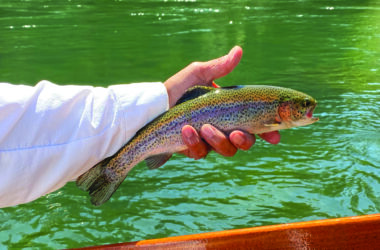Oregon anglers historically saw the first of the winter steelhead arrive in our coastal waters about the end of November. But it’s been a couple of decades since Oregon anglers have been able to consider the Thanksgiving holiday weekend as the kickoff of the year’s winter steelhead season.
For many it was often a family tradition; for the wife and I it was a long-standing tradition among friends. Back then steelheaders would faithfully gather on the banks of their favorite steelhead stream in hopes of wrangling an early season “chromer.” A fresh fish to adorn a Christmas dining room table, to share with friends and family, a gift fit for the arrival of a king.
Back then those early appearing steelhead were primarily hatchery-raised, were liberally seeded into a number of coastal fisheries and acclaimed to come back comparatively early, relative to their wild ancestors.
Wild steelhead typically return in late winter into early spring, although it’s not uncommon to find a few wild steelhead in January from rivers north of the Yaquina Bay. Our own Siuslaw River was one of those that once had strong numbers of early hatchery steelhead, but no longer.
In 1980 when I traded my Golden State fishing license for a Beaver State one – in addition to an early running winter steelhead – it was common for early season steelheaders to also tag a late running chinook or coho. But fisheries biologists also began to realize a number of collateral issues, including the fact early stocking of hatchery steelhead smolts were competing with newly hatched wild salmon fry and smolts in sparse river habitats.
In many cases, the planted fish were exceeding the caring capacity of a lot of coastal waterways. Also in a case of “unintended consequences” anglers were also often distributing salmon on the redds (or spawning gravel) at what is now understood to be the peak of the salmon spawning season.
After the listing of coho salmon as a threatened species in the early 1990s the practice of planting early running winter steelhead was quickly phased out along with other closures to preserve the coho salmon.
Winter steelhead fishing in Oregon remains good, despite all the errors of the past.
Mark your calendars
Today on most coastal rivers hatchery steelhead are released starting in January in batches over several weeks, to return two years later, beginning in January, and the largest portion of the annual hatchery run will reach their home river by mid- to late-February. Where possible the ODFW acclimates the smolt to several release locations, which spreads out the fish and anglers over miles of river.
In the past it was not uncommon for all the hatchery steelhead to be released from a single location, spawning more social conflicts than fish.
The good news is that winter steelhead season should begin in earnest right after New Year’s Eve. For the hardest-fighting fish that comes home to some of the harshest weather and river conditions we have in the Pacific Northwest. Remember that the steelhead smolts that went to sea two years ago (2020) went out in the year where we had reached the bottom of a severe drought. If we see average amounts of precipitation this fall and into early winter, we will already have a couple of the essential elements of what could be a good winter steelhead season.
As I prepare for my winter steelhead fishing season, I have a couple of new level-wind reels to spool and a spinning reel that I originally had spooled with monofilament that I will be upgrading to a spectra-braided line. I’ve been using braided lines for a long time and nearly every rod-and-reel combination I own is spooled with the high-tech fishing line.
Braided lines were introduced to the angling world in the late 1980s, found their way into northwest salmon and steelhead fishing starting about 20 years ago and just continue to grow in popularity and application.
Early on I would bite the bullet on price and have my reel, spinning or level wind filled with the advanced technology line.
That is measured and sold by line diameter in addition to tensile strength. Because of the nature of the braided line and its high tensile strength to diameter, a 40-lbs. spectra line is the same diameter as a 12-lb. monofilament line but several times stronger. Sixty pound braid will be equal in diameter to a 15- or 16-lb. monofilament line, but the braided line will easily deadlift 125 pounds or more off the floor. Spectra lines are also incredibly durable against nicks and scrapes, are highly resistant to ozone deterioration and will last for 30 years or more on your reel.
The durability and longevity of the line does have a downside; it can last for decades in the environment and has the potential to entrap any number of birds and other wildlife species.
Lastly, most anglers only fish with the first 200 feet of line on their reel. In recent years I’ve gotten away from filling all my reels to their capacity with spectra braid. Several of them hold hundreds of yards of line that will never see the light of day.








